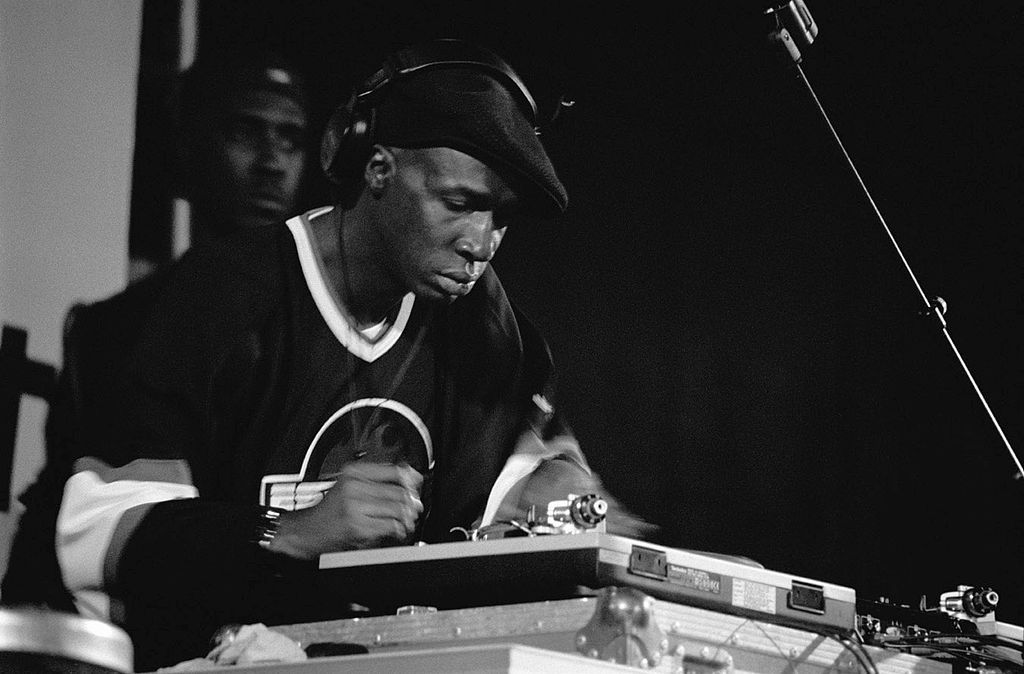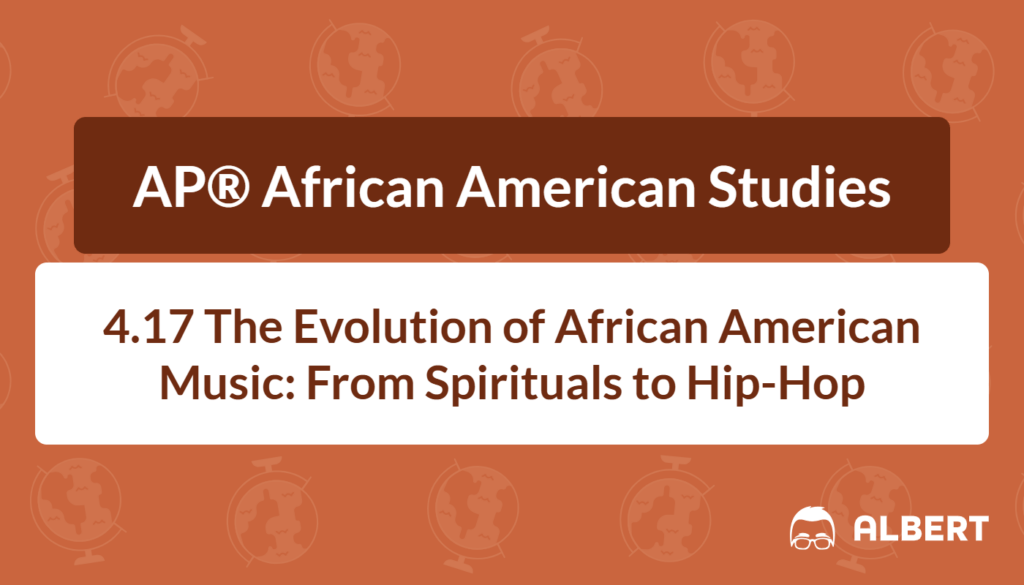What We Review
Introduction
African American music has shaped both American culture and global sounds for centuries. From soul-stirring spirituals to energizing hip-hop beats, African American communities have used creativity to express faith, resilience, and joy. Understanding this evolution reveals how music can unite people and reflect shared experiences. Many genres, including gospel and jazz, blend African musical traditions with new ideas that emerged from life in the Americas.
This post explores how African American music developed from spirituals to hip-hop. It also highlights why these musical traditions remain culturally significant. Each section focuses on key themes such as African influences, community impact, and social commentary.
The Roots of African American Music
African American Spiritual Music
Spirituals are among the earliest forms of African American music. These songs were often sung in the fields or at secret gatherings. They served several purposes:
- Express spiritual beliefs.
- Share stories of struggle and hope.
- Encode hidden messages for escape or resistance.
Spirituals combined Christian themes with African rhythms and call-and-response patterns. This blend helped enslaved communities feel connected to their African heritage while also finding solace in their faith. As a result, spirituals remain crucial in understanding the origins of African American music.
Example: “Wade in the Water”
An example of african american spiritual music is “Wade in the Water.” This song hints at Old Testament stories involving deliverance but also contains hidden messages about escaping slavery. “Wade in the Water” was sometimes used to warn escapees to travel through water so that bloodhounds could not follow their scent. By blending biblical imagery with coded instructions, the song demonstrates how music helped foster unity and hope.
The Influence of African Traditions
African American music draws deeply from African culture. Enslaved Africans brought musical styles marked by:
- Call and response, in which one voice leads and others answer.
- Improvisation, allowing performers to adapt freely.
- Syncopation, or shifting accents from the main beat to create infectious rhythms.
- Storytelling, weaving important narratives into songs.
These elements persisted in American settings, forming a foundation that continues to influence modern music.
Example: Jazz and African Elements
Jazz provides a powerful example of how these African traditions carried over. In jazz, call and response can occur between a trumpet and a saxophone. Improvisation shines when musicians take turns creating fresh melodies on the spot. Syncopation creates a swinging beat, keeping audiences engaged. A helpful listening exercise might include focusing on:
- The lead instrument that starts the melody (call).
- The next instrument that answers in a slightly different way (response).
- The syncopated drum patterns that keep everyone on their toes.
Observing these details uncovers a direct link back to African musical customs.
The Development of Key Genres
Over time, African American music evolved into several major genres. Each one carried African roots in a new direction, reflecting changing social and historical conditions.
- Blues: Known for its emotional depth, the blues often tells personal stories of heartache, survival, and everyday life.
- Jazz: Celebrated for improvisation and interaction, jazz groups build energetic conversations through music.
- Gospel: Merges spiritual messages with powerful vocals, forming a sense of unity and community in church congregations.
- R&B (Rhythm and Blues): Became a driving force in popular culture with energetic beats, soulful vocals, and widespread appeal.
Example: Sister Rosetta Tharpe’s Influence
Sister Rosetta Tharpe was a gospel singer and guitarist whose electric style crossed into early rock and roll. Listeners can hear this connection in “This Train,” where Tharpe’s spirited guitar playing laid the foundation for future rock artists. Her gospel roots infused songs with warmth and passion, changing the course of American music. This example shows how African American traditions can inspire an entire generation of musicians from different backgrounds.
The Rise of Hip-Hop Culture
Hip-hop music emerged in the 1970s in New York City’s Bronx borough. It brought together African American and Latino communities through four key elements:
- DJing (turntablism and mixing).
- MCing (rapping).
- Breakdancing (athletic and improvisational dance).
- Graffiti (visual expression on walls, train cars, and more).
These youth-driven art forms built on African rhythms, call-and-response vocals, and a desire to share authentic community stories. Early DJs, such as Grandmaster Flash, refined techniques like scratching and mixing. By extending “the break” (an instrumental beat where dancers showed off moves), hip-hop musicians invited dancers to participate in the creative process.
Example: Grandmaster Flash’s Innovations

Grandmaster Flash pioneered turntablism in hip hop music by perfecting rapid cuts between songs. When listening to classic tracks by Grandmaster Flash, it helps to notice:
- The quick back-and-forth scratching.
- The seamless use of multiple turntables to create a continuous beat.
- The call-and-response style MCs used to pump up crowds.
This foundation opened new possibilities for rAP® Music and elevated DJs into guiding figures within hip-hop culture.
Social and Political Context of Hip-Hop
Hip-hop arose in a period following the Black Freedom movements of the 1960s. It drew inspiration from Afrocentric fashions, Black nationalist ideas, and street poetry. Songs often tackled issues like racial injustice, poverty, and police brutality. Therefore, hip-hop became a space for community voices that felt ignored by mainstream media.
Example: Kendrick Lamar’s Social Commentary
Modern hip-hop artist Kendrick Lamar revisits many of these themes in songs like “Alright.” In this track, Lamar blends a catchy hook with lyrics about police violence and systemic racism. Despite highlighting serious problems, the song’s chorus offers resilience and hope. As a result, Lamar’s music stands as a testament to how hip-hop continues to address both triumphs and struggles in the Black community.
The Global Influence of African American Music
African American music has influenced countless genres around the world. For instance, rock and roll took many cues from blues and gospel, while Latin jazz fused African rhythms with Latin sounds. Meanwhile, hip-hop culture has traveled far beyond New York City streets, resulting in international rap scenes that place local spins on breakdancing, graffiti, and production styles.
Example: Worldwide Hip-Hop Artists
Groups and artists outside the United States frequently mention how they learned from American hip-hop music. For example, French rap artists experiment with local dialects, while Korean pop (K-pop) includes rap segments that borrow hip-hop’s bravado and dance moves. This global expansion demonstrates the enduring impact of African American artistic traditions across different cultures.
Essential Sources for Understanding African American Music
- “Ruth Brown – Hey Mama, He Treats Your Daughter Mean (Live),” 2:01
- A dynamic R&B performance showcasing how early rhythm and blues shaped popular music. Ruth Brown’s spirited style influenced rock and roll’s vocal techniques and emotional depth.
- “The Evolution of African American Music” by Portia K. Maultsby (1980)
- Provides an in-depth study of how African elements such as call and response, improvisation, and syncopation entered African American music. Maultsby explains how spirituals, blues, and other styles evolved into global phenomena.
- “Breakdancers in New York,” 1984
- A visual glimpse into the early days of breakdancing culture. Breakdancers used public spaces to showcase moves that later spread worldwide, reflecting the Bronze borough’s creativity and resourcefulness.
These sources show the strong connection between African traditions, American creative expression, and the worldwide influence of African American music.
Conclusion
African American music connects the past and present by weaving African heritage with the experiences of life in the Americas. Spirituals once guided escapes from slavery, while modern hip-hop carries on the tradition of giving voice to communities facing injustice. Across genres like jazz, blues, and R&B, African American performers have revolutionized the music industry and inspired artists around the globe. Recognizing these pivotal contributions encourages a deeper respect for cultural history. It also reminds listeners to pay attention to the stories and traditions pulsing beneath each note.
Quick Reference Vocabulary Chart
| Term | Definition / Key Points |
| Spirituals | Early African American religious songs blending Christian themes with African traditions. Often held hidden messages. |
| Call and Response | A musical or vocal pattern where one voice calls and another responds. |
| Syncopation | Accenting weak or off-beats, creating an unexpected and energetic rhythm. |
| Improvisation | Spontaneous musical creation without fixed structure. Common in jazz and hip-hop. |
| Gospel | African American religious music highlighting powerful vocals and community participation. |
| Blues | A genre expressing sorrow, resilience, and daily struggles, rooted in African musical styles. |
| R&B (Rhythm and Blues) | A soulful, rhythmic genre that heavily influenced rock and pop music. |
| Hip-Hop | A culture encompassing rAP® Music, DJing, breakdancing, and graffiti, originating in the Bronx. |
| DJing | Technique of mixing, scratching, and manipulating records to create new sounds. |
| Breakdancing (B-Boy/B-Girl) | Athletic dance style featuring spins, flips, and floor movements performed to the break of a song. |
| Graffiti (Writers) | Visual art form using spray paint or markers on public surfaces, often signed with a unique tag. |
| Turntablism | Art of using record players as instruments, including scratching and beat juggling. |
| Rock and Roll | A genre strongly influenced by gospel and blues rhythms, popularized nationwide. |
| Global Hip-Hop | Global adaptations of American hip-hop, blending local languages and cultural styles. |
Sharpen Your Skills for AP® African American Studies
Are you preparing for the AP® African American Studies test? We’ve got you covered! Try our review articles designed to help you confidently tackle real-world AP® African American Studies problems. You’ll find everything you need to succeed, from quick tips to detailed strategies. Start exploring now!
Need help preparing for your AP® African American Studies exam?
Albert has hundreds of AP® African American Studies practice questions, free response, and full-length practice tests to try out.









